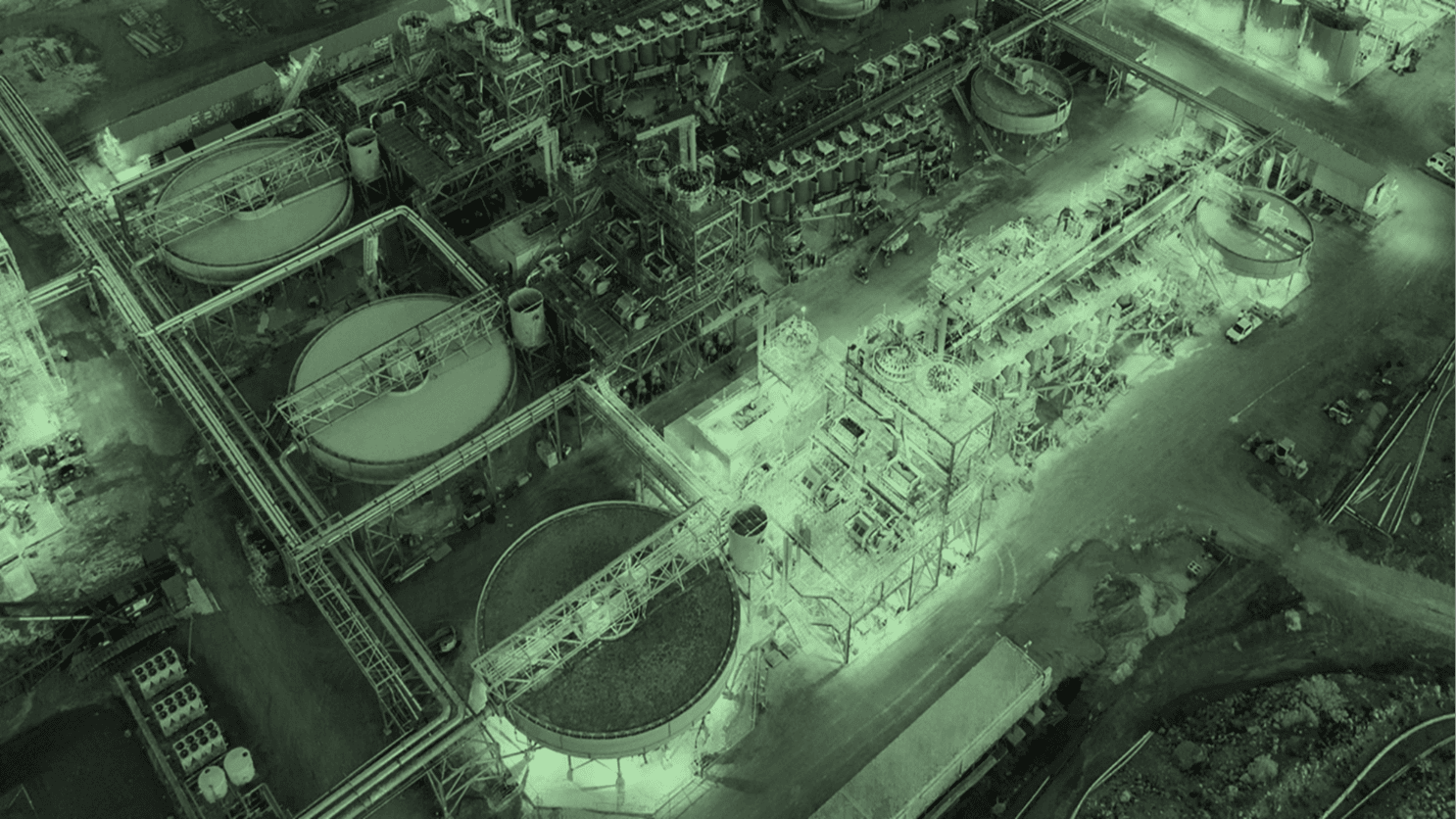As is well stated in economic circles, Western Australia’s economy is heavily dependent on mining projects, this is the primary driver of demand for construction modelling services in this state. However, the industry is facing significant skills shortages, an undersupply of rental accommodation for skilled migrants, and a lagging system of proactively bringing young workers into the industry. This maelstrom of events is causing delays in bringing projects forward and is increasing competition for available talent.
Unpacking one of the biggest issues facing the industry, the shortage of skilled workers is not necessarily limited to Western Australia. Attracting and maintaining talent is impacting many national and international markets. Engineering and steel detailing companies are often competing within the same resource pool, making it difficult for some businesses to find and retain qualified professionals. The shortage is causing significant delays in project design, which in turn is causing project stalls.
In the aftermath of the pandemic, we have been left with a new normal, there is an older generation that have re-evaluated a time of new beginnings in retirement and a new workforce focused on striking a balance with work and home. Flexible working arrangements and how employees feel valued within a company’s culture is now extremely important. This new workplace culture and back filling of retirees will inevitably have an impact on productivity as a whole. While I personally believe these challenges will be overcome as technology continues to advance, and project teams drive new and innovative ways to work together, I see short term challenges continuing to prevail.
One such technology covered in an excellent article by Phil Shanks in this edition touches on AI and how this technology may start to impact the world. Is it a glorified search engine come spell checker, or will it open doors to help alleviate some of the mundane administration, better freeing up our talent to work on more productive things? Time will tell, but I believe it’s an exciting time of change and opportunity for businesses and the construction modeller alike to build better and more productive ways of working.
As we know, the shortage of skilled workers is driving up wages for talent and making it increasingly difficult for companies to compete for the best workers. However this can also present opportunities for those construction modelling companies that are adaptable and have skillsets to work in new and innovative ways. It is increasingly rare to begin projects with anything close to a finalised design, as engineering companies are also pushed to deliver faster with the same constraints on talent. Engineering companies are seriously looking at how to partner with steel detailers on projects with design assist and early engagement, recognizing that skilled labour is key to project success.
One such example overseas at the beginning of the year has been the acquisition by Engineering firm DeSimone of detailing group Dowco, a steel detailing firm in Canada. With 240 global production resources, it is now directly integrated in a model of early involvement with engineering. This trend of fast tracking a connected model is likely to continue as the industry looks for ways to address the skills shortage and keep up with demand.
When it comes to addressing talent though immigration, Australia is well perceived as an attractive destination for many high skilled workers wishing to setup their life and family here. Countries like Australia, Canada and New Zealand all have migrant populations over 20% with Australia at the high end of 30%. A majority of these workers fall into the high skills category, which is something Australia has previously tapped into for full advantage.
When it comes to attracting skilled migrants to Western Australia and Australia in general however, there are the obvious challenges of where to house these workers. Perth as an example, currently has the lowest vacancy rate on record at just 0.7%. It is incredibly difficult for workers to find suitable accommodation. This situation is going to require some real leadership from our local and federal governments to look at how we take the pressure off the housing market, but this issue will likely continue for quite some time.
This leaves us with the important task of back feeding our workforce with new talent. While the in-house training of cadets is a great way to develop a pipeline of good workers, the process can be time-consuming and costly especially for small to medium sized businesses. There also continues to be a challenge in attracting young talent to our industry. Construction modelling is something that seldom comes up in a young person’s vocabulary when deciding on one’s future career path.
The ACMA is currently looking at initiatives as to how other countries such as the UK manage this. How do other markets ensure their industries are supported with relevant training and Government funding? The overall aim being to develop a pipeline of good workers and help take some of the burden off SMEs who have previously done the heavy lifting to build up these relevant skillsets. This is critical work which will ensure the long-term success of the industry.
Despite all of these challenges, the Western Australian project pipeline remains strong. The region continues to see significant investment in mining, government infrastructure and other industries, which will continue to drive demand for steel detailing/construction modelling services. It is a great time to be a skilled construction modeller in WA, and an even better time to be getting into the industry as a young cadet.
By Simon Schmitt, Business Manager Industrial Detailing at DBM Vircon
As published in the Australian Construction Modellers Association‘s Autumn 2023 Newsletter



